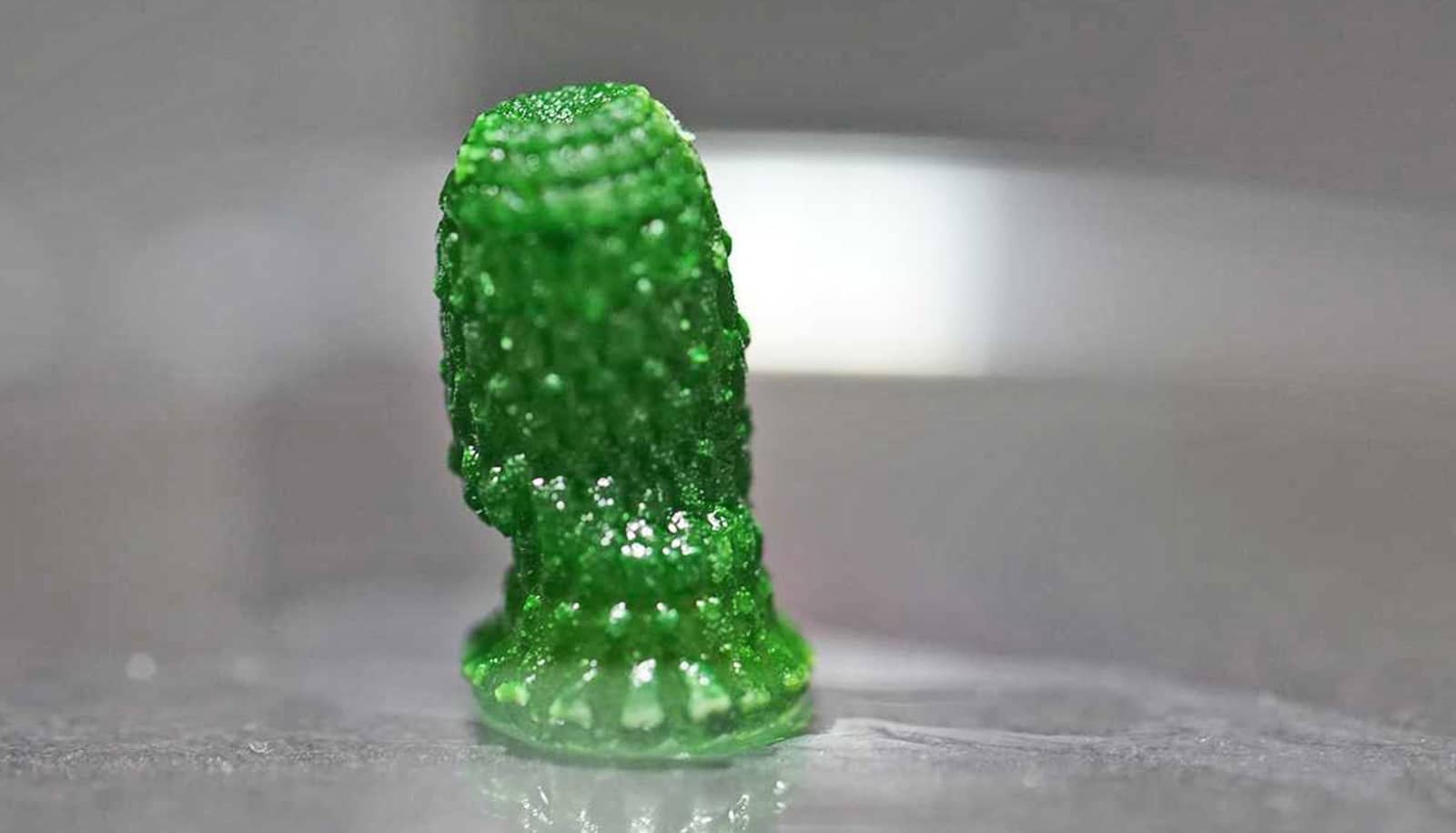New research suggests that lignin, a byproduct of paper and bioethanol production, can completely replace phenol in phenolic adhesive formulation, used in building materials.
This research directly affects housing manufacturing by introducing bio-based adhesives made of lignin, a renewable resource, instead of petroleum-based phenol.
“This will help the housing market to be less dependent on petroleum-based raw materials.”
The research is the first instance showing the 100 percent successful substitution of phenol with lignin. For the last 30 years, researchers have been attempting to fully replace phenol in phenol-based glues. However, only partial replacement, up to 50 percent, was possible.
For the new research, the team was successful in testing plywood samples made of developed resin. When compared to commercial petroleum-based adhesives, the plywood made of lignin-based adhesives exhibited similar shear strength under both wet and dry conditions.
“Our work has opened up an opportunity for the waste generated through bioethanol processes to create adhesives for engineered wood products,” says Mojgan Nejad, an assistant professor of forestry at Michigan State University. “This will help the housing market to be less dependent on petroleum-based raw materials.”
Phenol-formaldehyde resins are commonly used to manufacture construction materials such as: plywood, oriented strand board, or OSB, and laminated veneered lumber. These items make up components of roofs, kitchen cabinets, furniture, wood floors, and more.
Downsides of phenol-based adhesives include that they are petroleum-based. This means that production costs can fluctuate with changes in the price of oil. Additionally, chronic exposure to phenol can have health risks for workers in manufacturing plants.
How zeolites could make paint more eco-friendly
Lignin is an ideal substitute because it’s considered a waste product. Isolated lignin is mostly discarded or burned to generate fuel for manufacturing. Lignin is the most abundant aromatic polymer, which makes up about 30 percent of the dry mass of plants.
Nejad and collaborators have shown that it can be repurposed into green building products to replace phenol in commonly used glues.
Replacing 100 percent of phenol with lignin significantly improves the percentage of renewable raw materials. It creates a new generation of bio-based adhesives, improves working conditions for manufacturers, and provides employment opportunities for biorefineries.
“Many major pulp and paper and bioethanol producers are keen to find applications for their lignin,” Nejad says. “We are moving to a paperless society. We can keep the jobs within the pulp and paper industry if we can introduce new products for biomass. This is one of the ways to keep the industry in business and maintain jobs in these plants.”
Poplar trees engineered to break down into biofuel
The study appears in the Journal of Applied Polymer Science. Additional researchers who contributed to this research are from Mississippi State University and the University of Toronto. Poet LLC funded the research.
Source: Michigan State University



